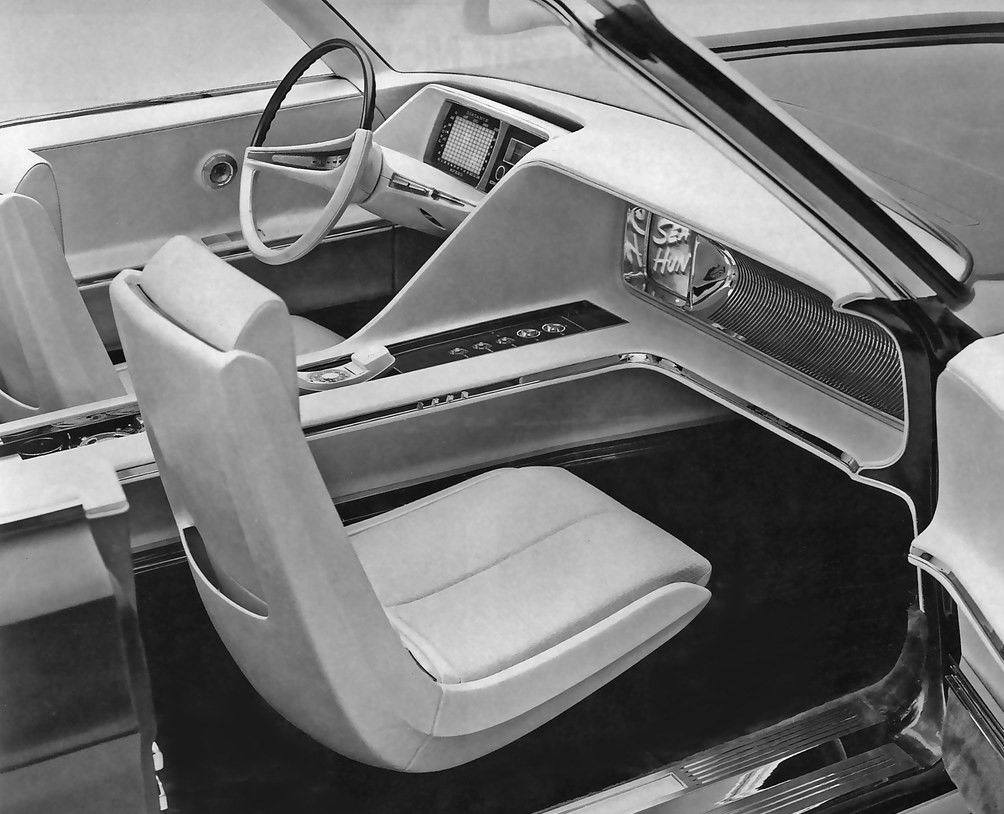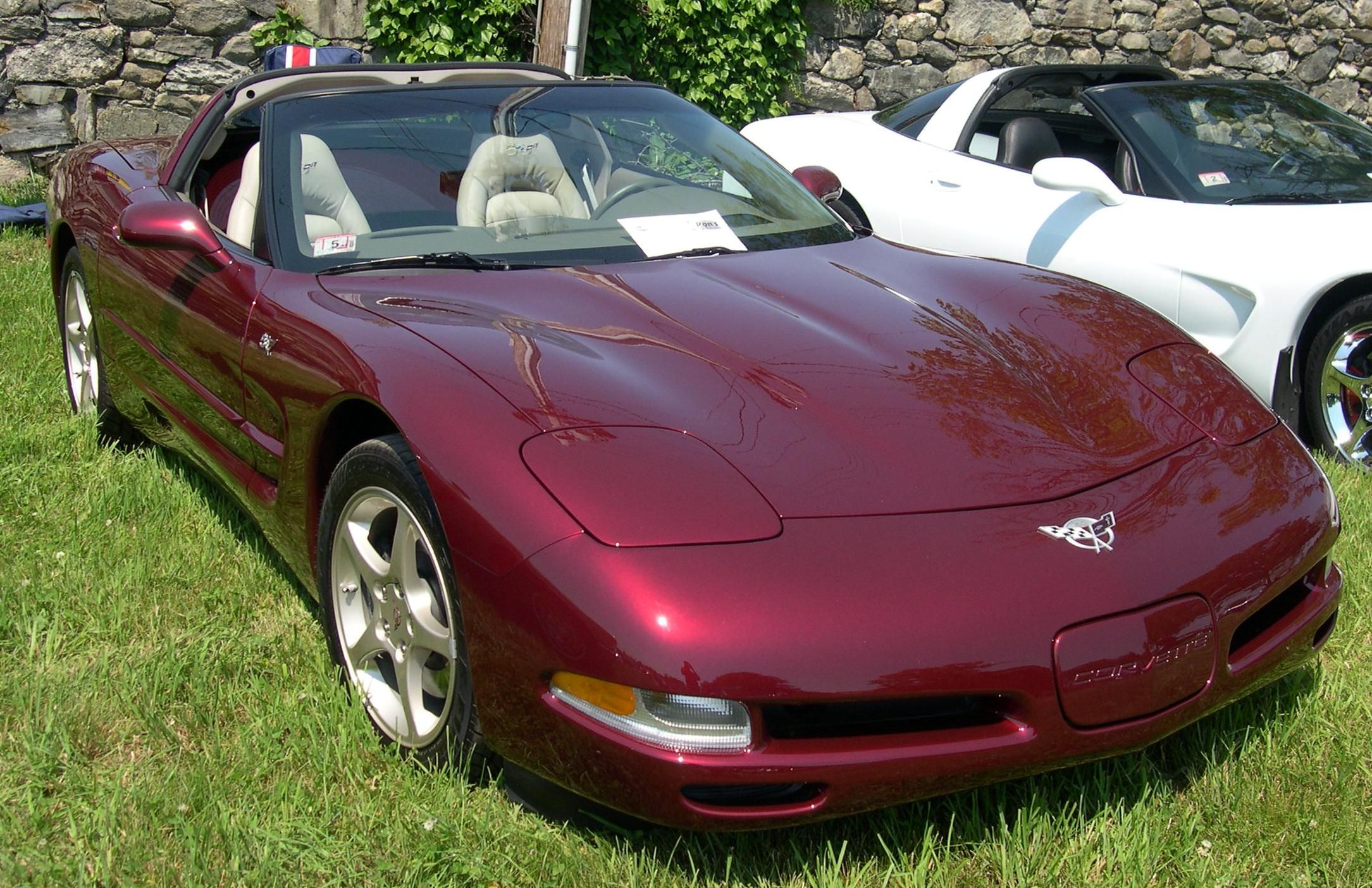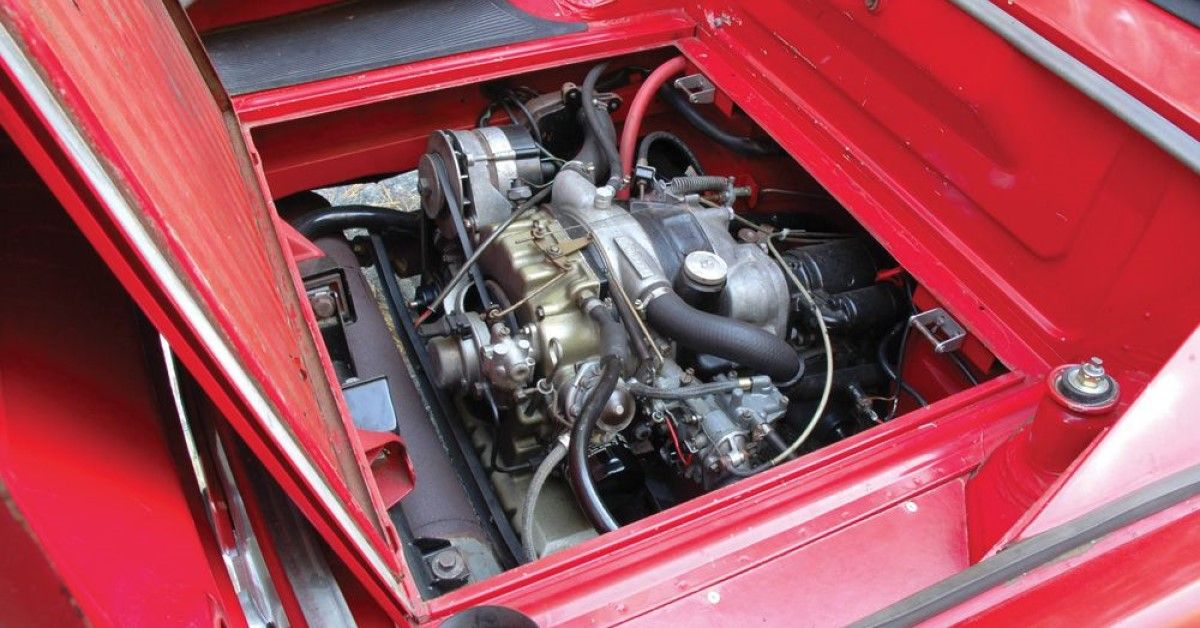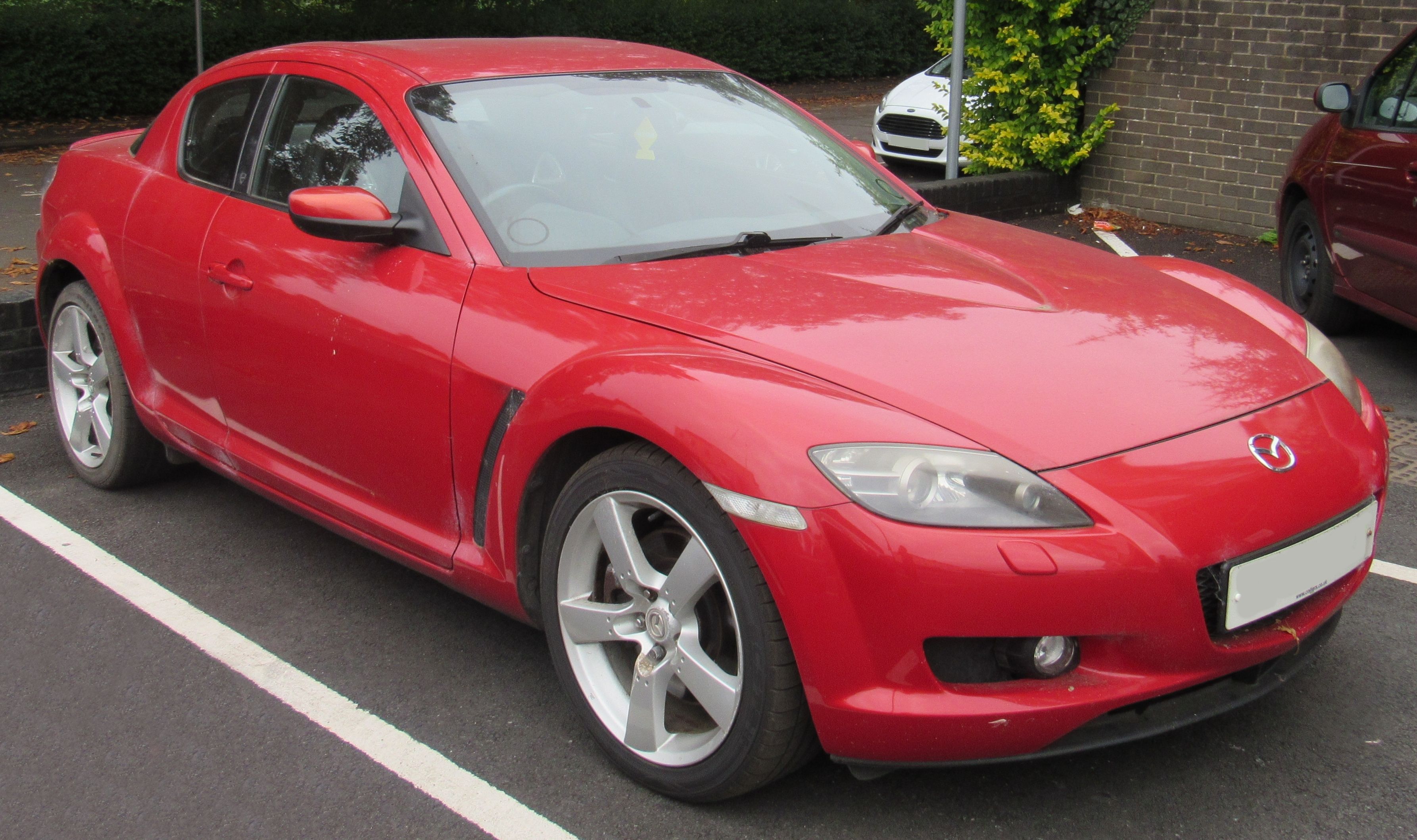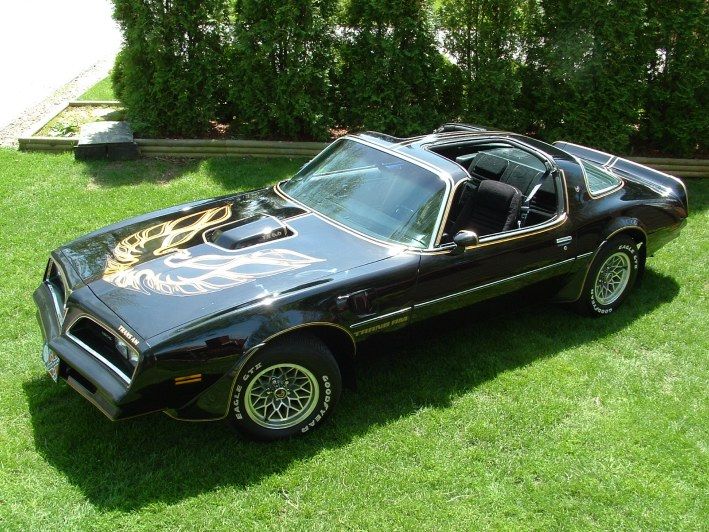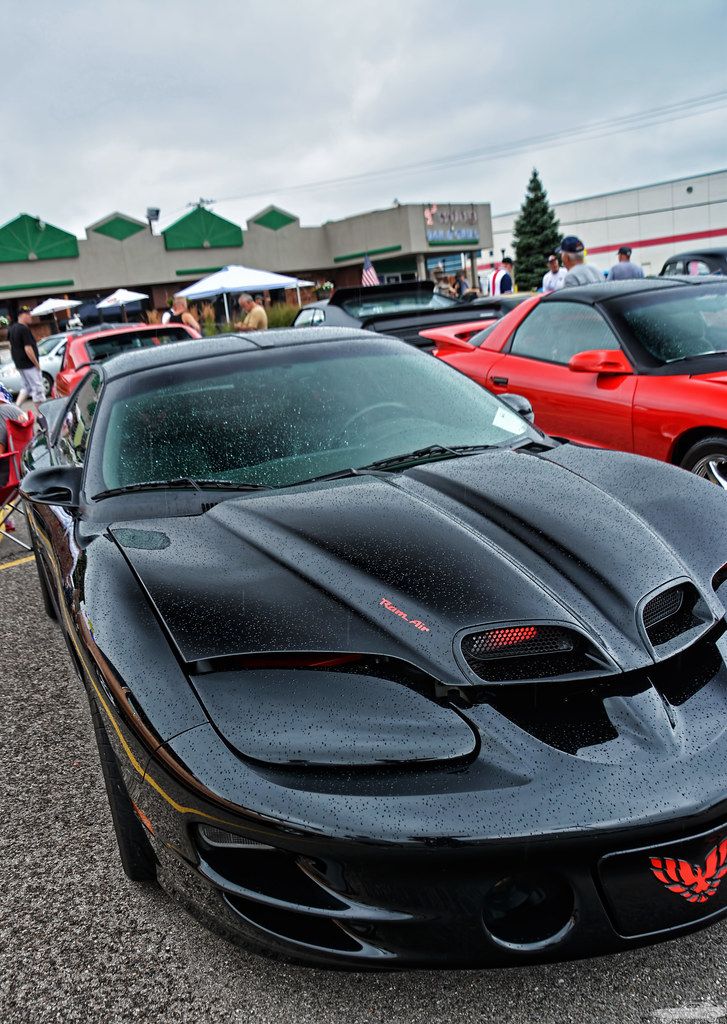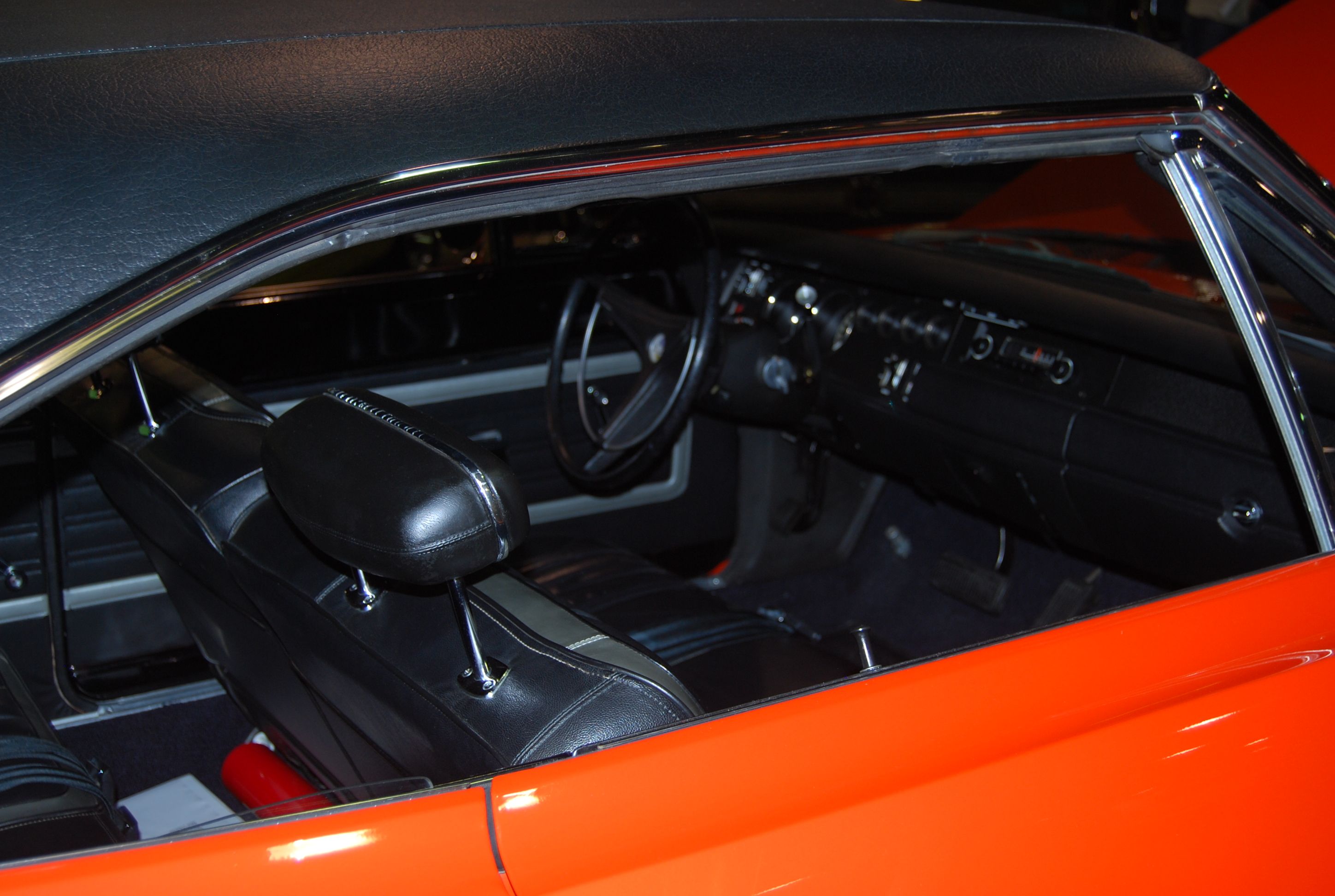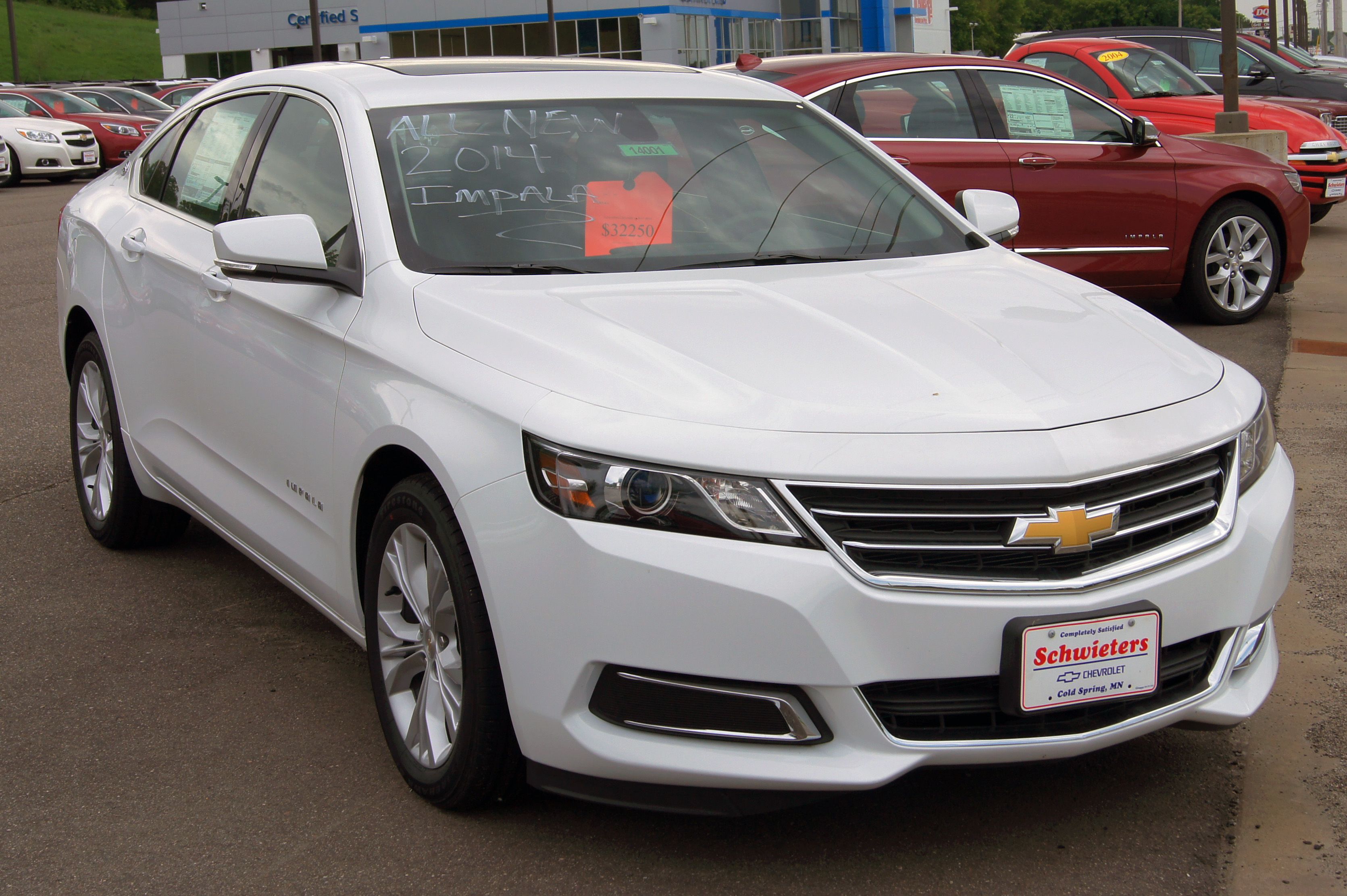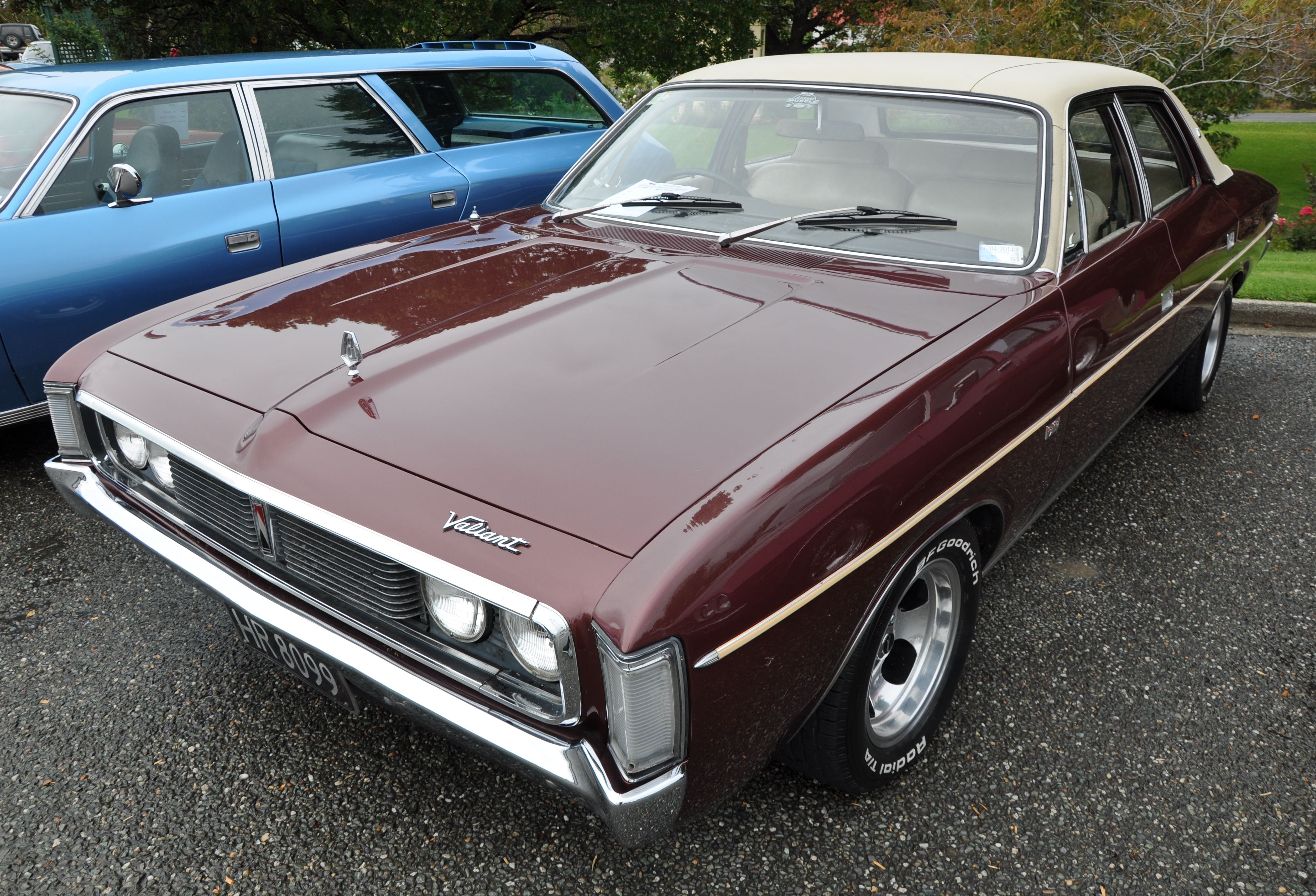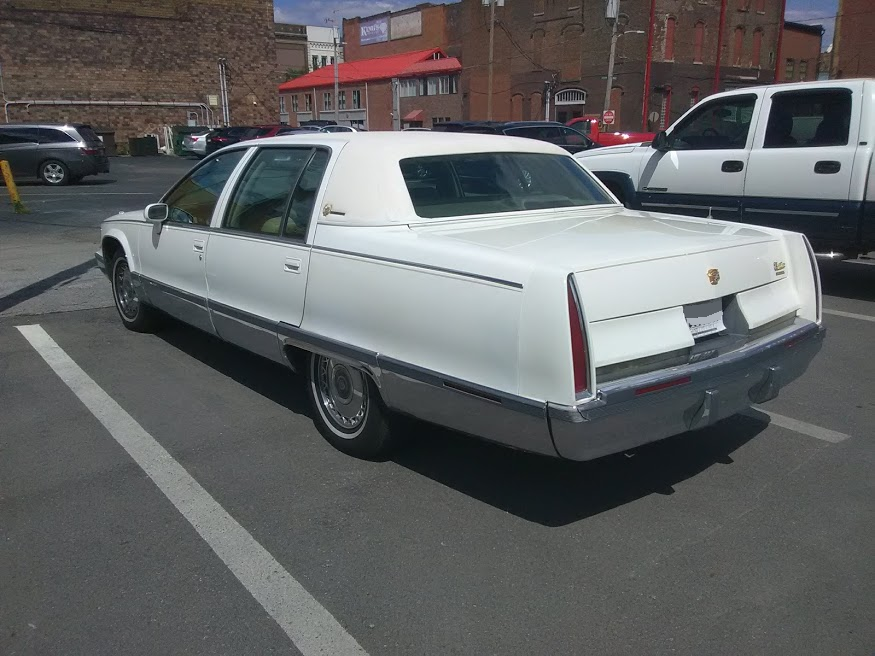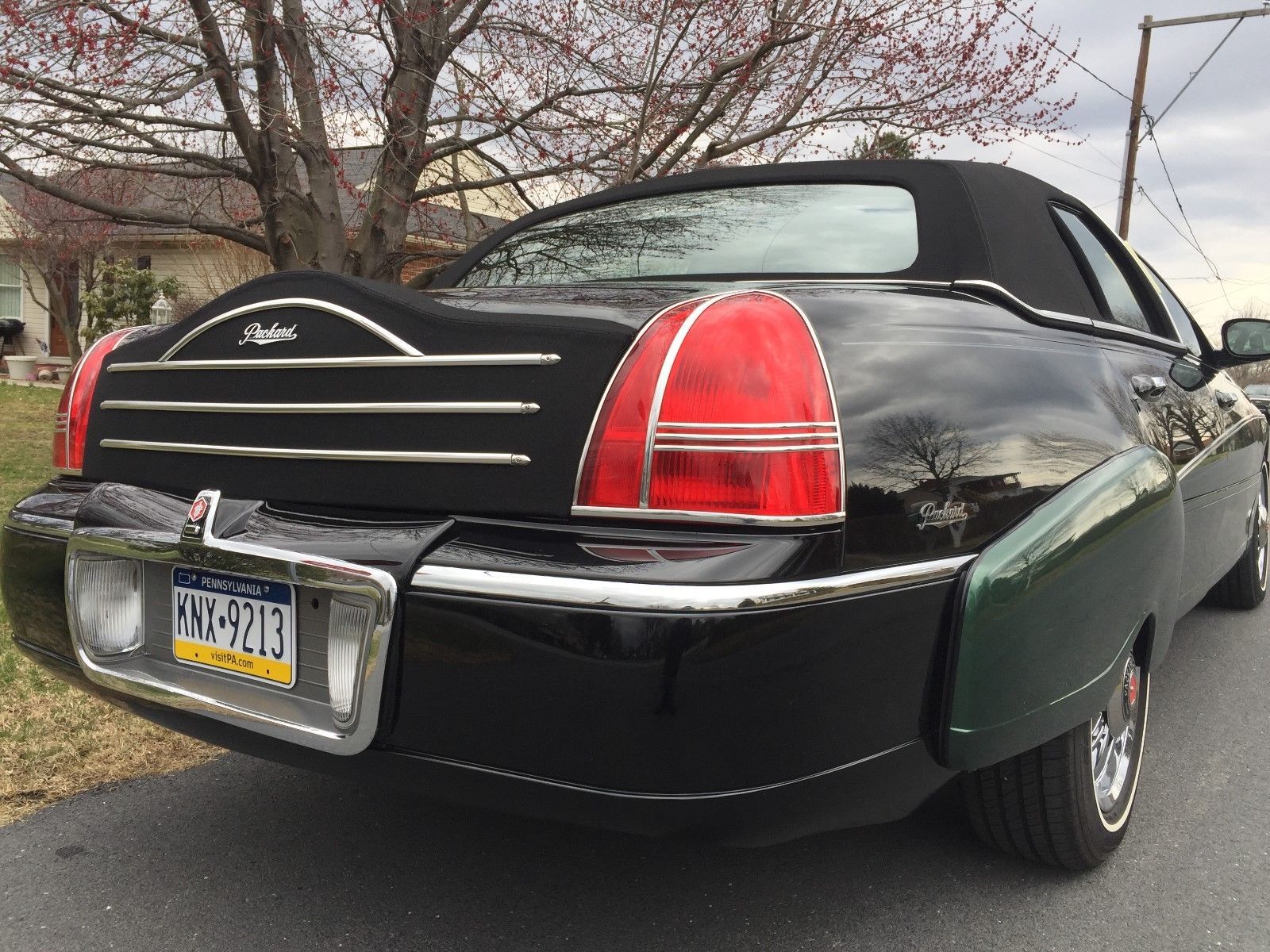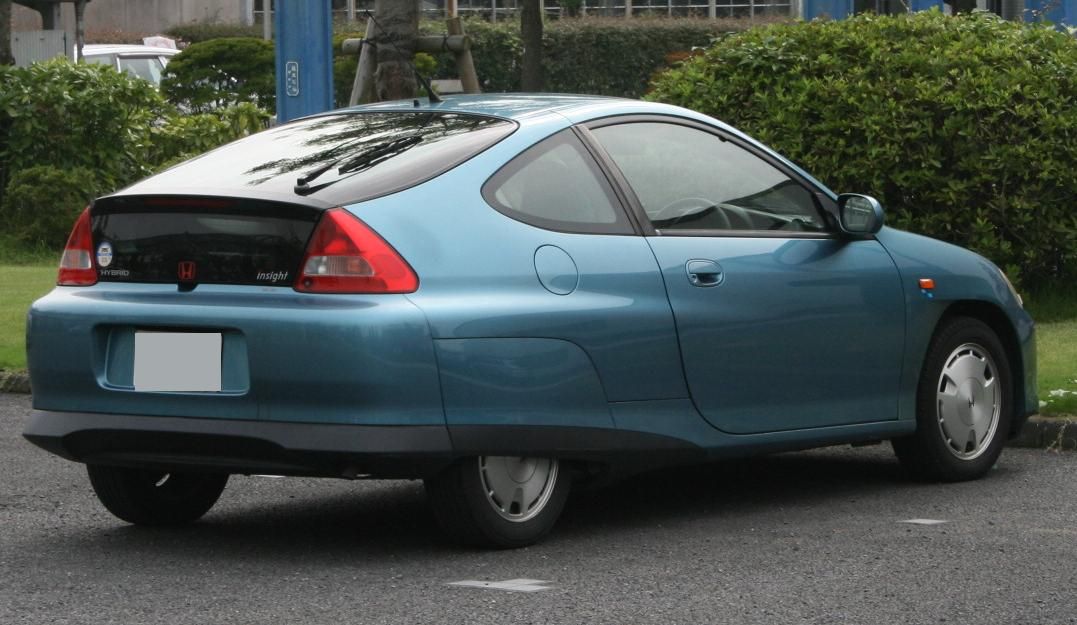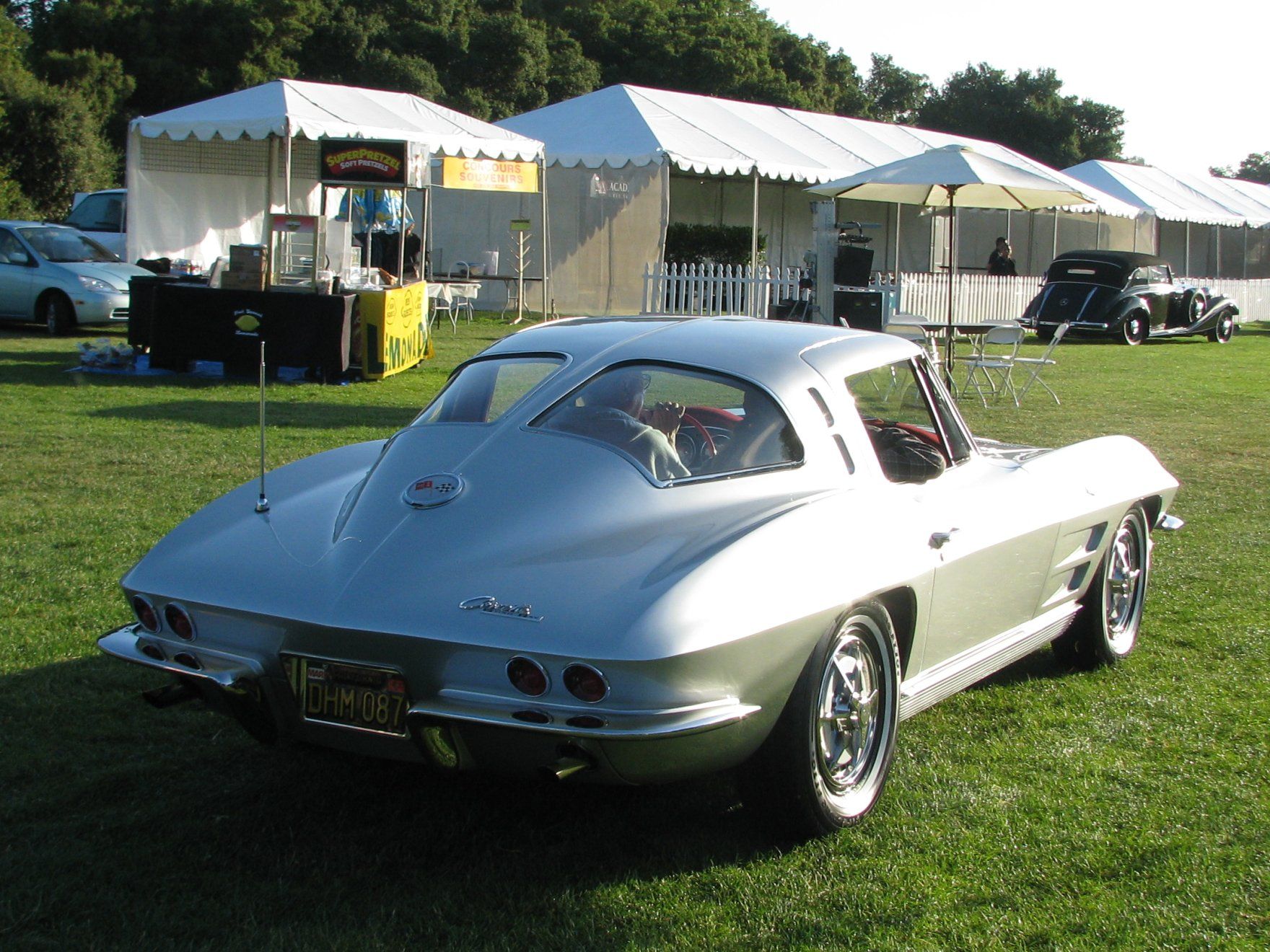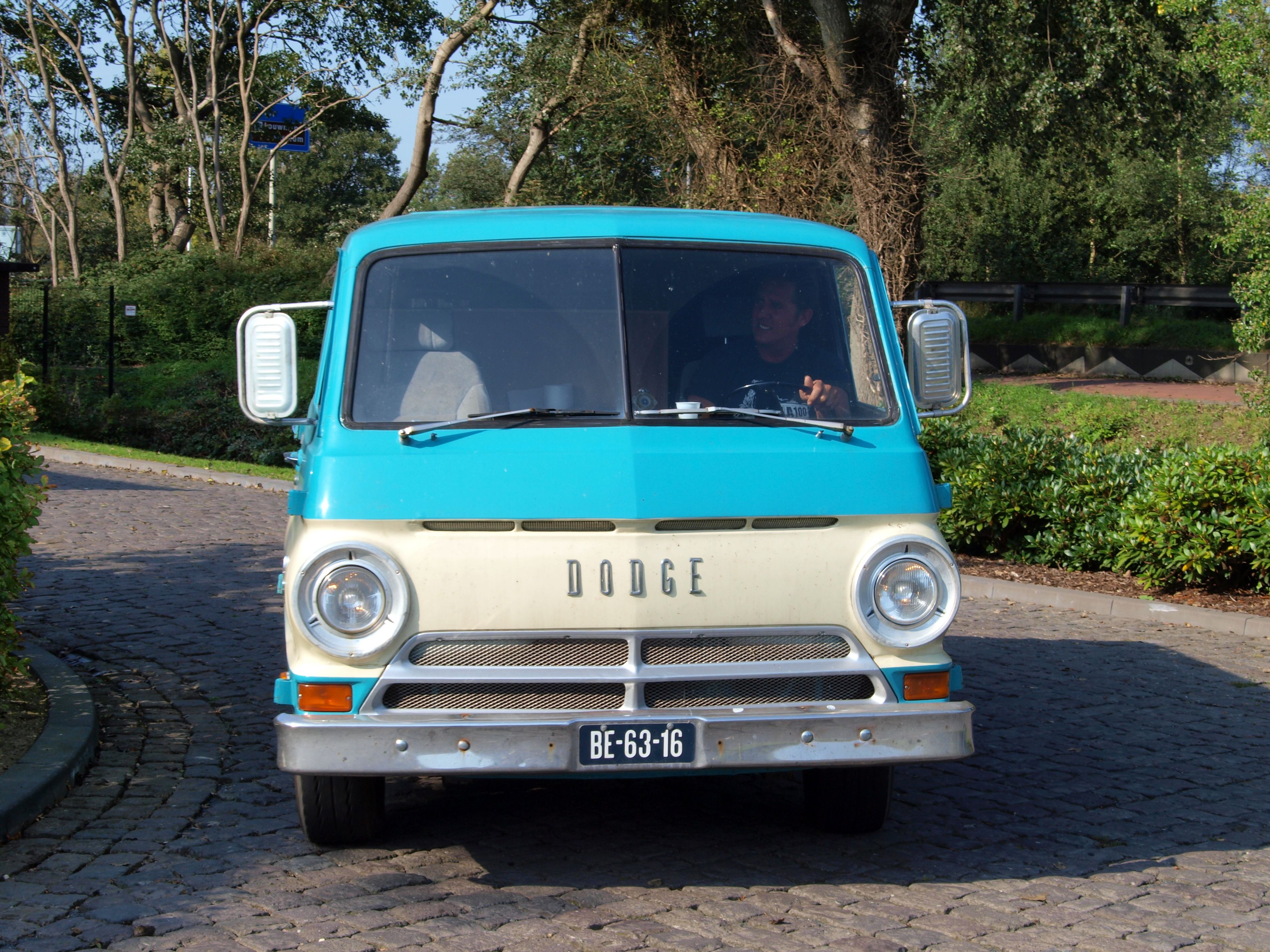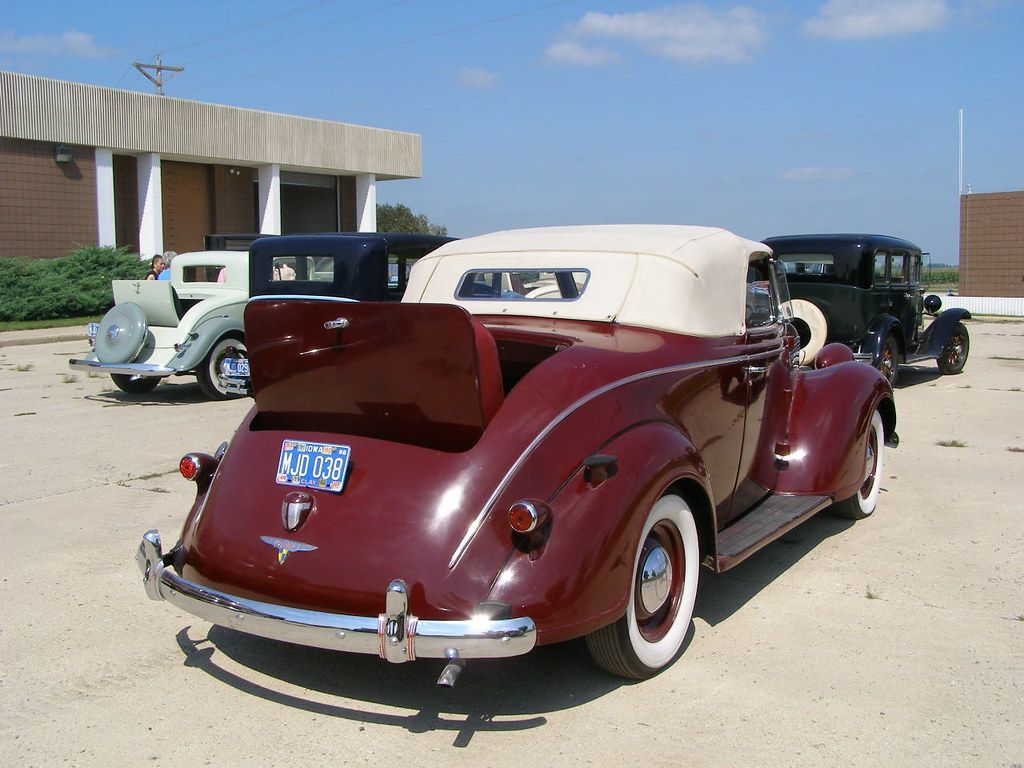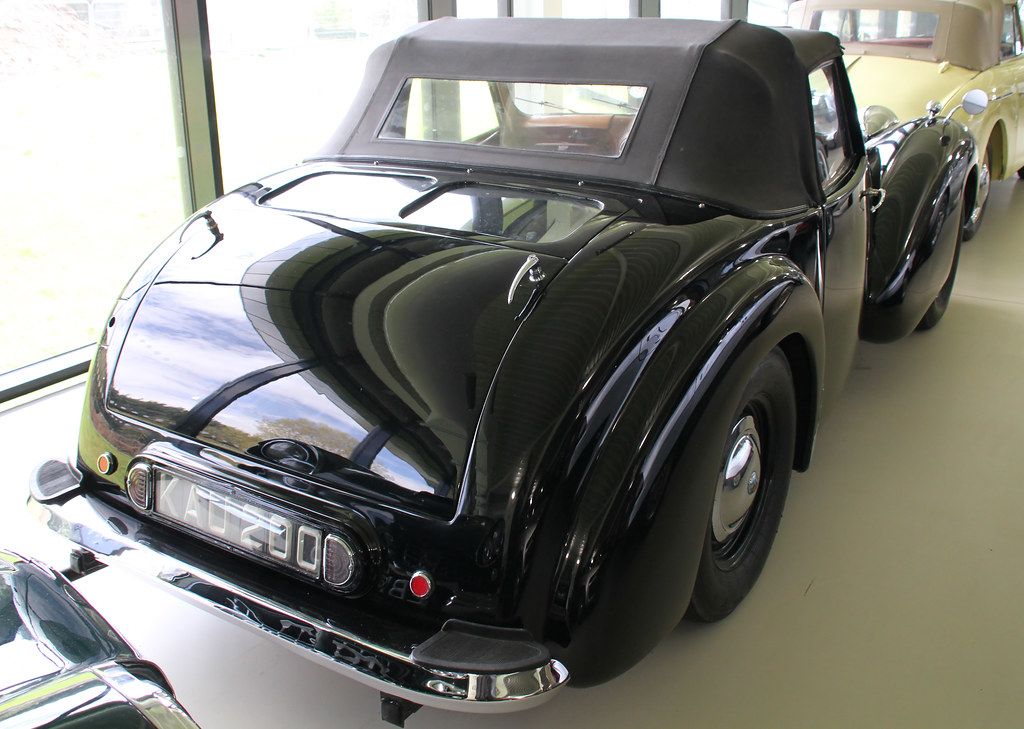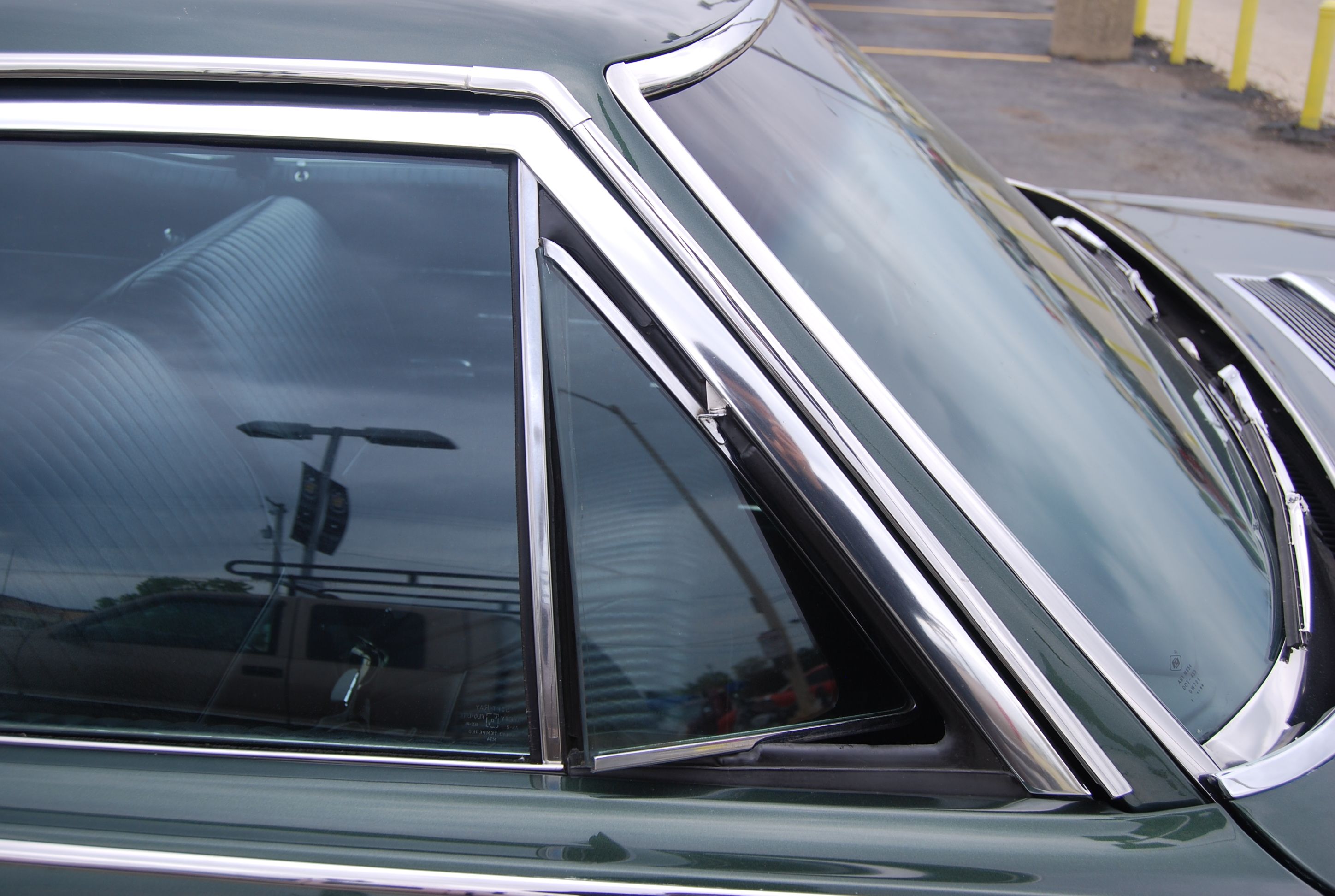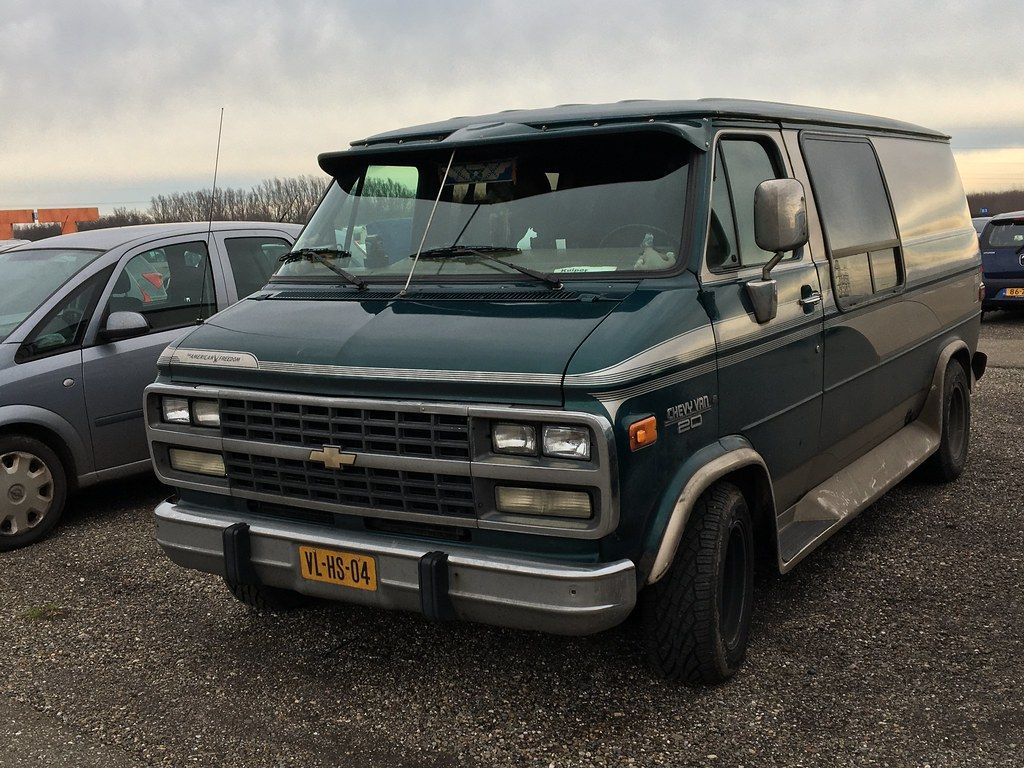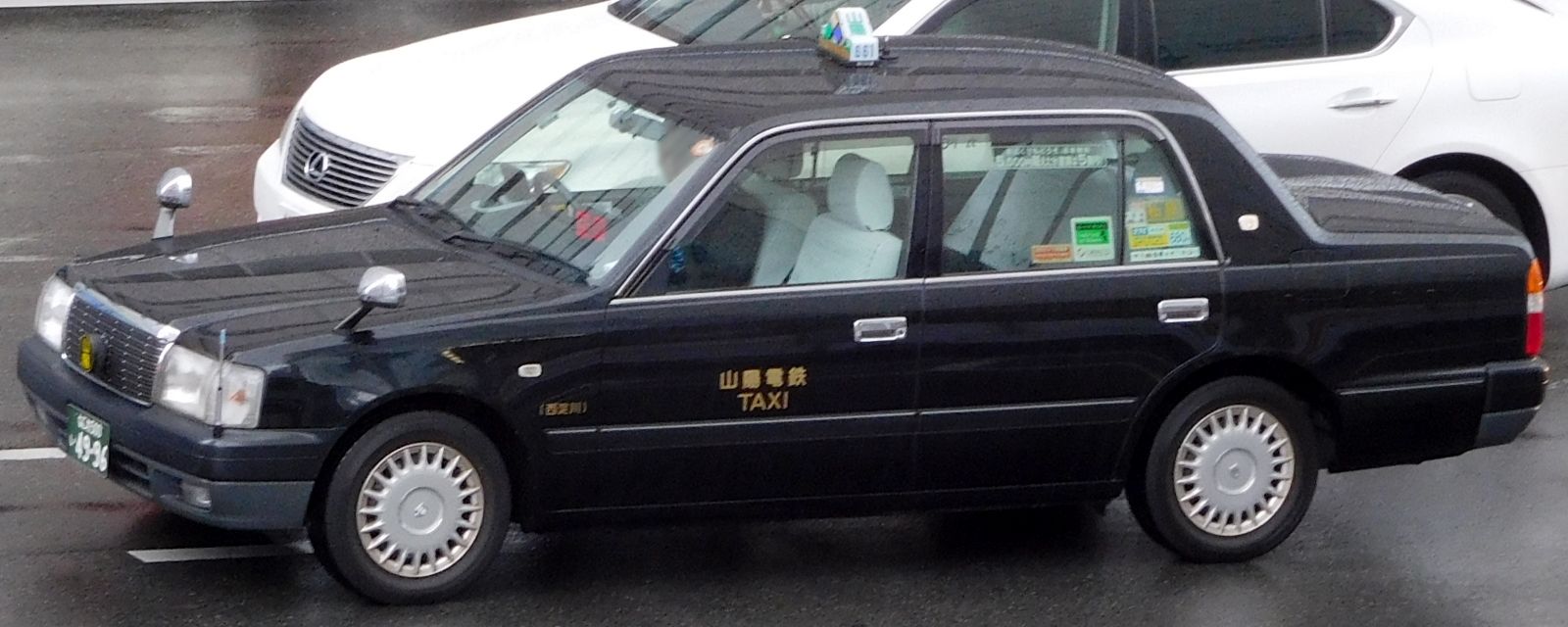Times change and things get outdated, and car features are no exception. With every updated generation, manufacturers cram in shiny new gadgets and gizmos, many of which have made driving safer and more comfortable (think 3-point seatbelts, airbags, and backup cameras). However, this means some features get left behind, either because they get replaced by something that does the same job much better or because they're killed off by government regulations. Some of them, such as automatic seatbelts and 5-miles-per-hour bumpers, are gone for good and, quite frankly, won't be missed.
That doesn't mean every outdated feature deserves to end up forgotten. For many cars, their obsolete quirks have given them a special, intrinsic characteristic that has won themselves into the hearts of gearheads.
Here are the 10 features that are gone, and wish weren't, simply due to how cool they are. And of course, the last cars they came in.
10 Pop-up Headlights (2004 Chevrolet Corvette)
Yes, let's this one out of the way, the pop-up headlight. Most commonly found on sports cars (think 1st gen Mazda Miata or the FD RX-7), it was originally designed to meet government regulations regarding where headlight could be. By having the light fold out of the bumper, manufacturers could design cars with a low beltline without running afoul of the law.
However, regulations also killed it. Governments mandated stricter pedestrian safety standards and it was found that, when extended, pop-up headlights could cause severe bodily harm. As such, manufacturers no longer offer this configuration, and the last cars to feature these types of lights are the 2004 Chevy Corvette and Lotus Espirit.
9 Rotary Engines (2006 Mazda RX-8)
The most famous iteration of this engine configuration was invented by Felix Wankel in 1929. Being obsolete the day it was created, it sent the German automaker NSU Motorenwerke into bankruptcy. The company never recovered after releasing the rotary-powered Spider and Ro 80.
But someone at Mazda never got the message. First released in the Cosmo Sport, the Wankel become the "halo engine" of the company, making them synonymous with rotary. At the cost of reliability and livability, it provides a superior power-to-weight ratio and high RPMs, perfect for a sports car, as demonstrated with the 787B's victory at the 1991 Le Mans.
But it wasn't going to last. The high fuel consumption made for high emissions, forcing Mazda to phase it out after the last RX-8 rolled off the factory floor in 2012.
8 T-Tops (2002 Pontiac Firebird)
Somewhere in between a Targa top and a full roof lies the T-top. Consisting of a rigid bar flanked by two glass roof windows, it brings together a taste of the convertible driving experience with a bit extra structural strength.
Not to say that it will always be sunny days ahead with T-tops. The last two cars to offer it, the 2002 Chevy Camaro and Pontiac Firebird, are both notorious for leaking. Despite this, the wind in your hair and the smile on your face more than makes up for it.
7 Front Bench Seats (2016 Chevy Impala)
What features does the phrase "classic American car" conjure up? Big engines? Tail fins? Or maybe even bench seats?
Like most features of early American cars, it was a holdover from the horse-drawn carriage. Allowing for extra passengers or just to give room for the driver and passenger, the bench seat was the essential feature of the big American sedan.
However, safety regulations in the 70s led to the bench seat decline in popularity and relegated them to the realm of trucks. The introduction of the center console meant that many new cars simply didn't have space. But despite being essentially relegated to the realm of work trucks, the bench seat was still an option for the 2016 Chevy Impala.
6 Vinyl Roofs (1996 Cadillac Fleetwood)
Originally a holdover from roofs of horse-drawn carriages, the vinyl roof was an option offered from the "Big Three" to American car buyers during the 50s to the 80s. It didn't cost the manufacturers much but made them a ton of money due to its wild popularity mid-60s and 70s.
Now is it cool, or is it tacky? It depends on which gearhead you ask, but for land barge aficionados, that vinyl roof is a requirement. So it is fitting that the last car to feature the vinyl roof is a land barge too, a 1996 Cadillac Fleetwood.
5 Fender Skirts (2006 Honda Insight)
The fender skirt was originally designed for aerodynamics, but it took on a life of its own a styling essential. Nothing screams the 50s look more than pairing fender skirts alongside whitewall tires.
When the auto industry moved away from tailfins and whitewalls, the fender skirt stuck around. But it became more utilitarian in nature, with it being an attempt by manufacturers to squeeze every last bit of MPG out of their fuel-efficient cars. So it makes sense that the last car to have this feature was the aerodynamic, fuel-sipping 2006 Honda Insight.
4 Split Windows (1970 Dodge A100)
Initially, a result of limitations in glass manufacturing split windows because of a styling cue in its own right. It was cheaper to make two separate, flat windows than one large curved piece. This was obsoleted by cheaper glassworking techniques learned during WWII.
But the manufacturer kept offering split windows post-war. Famous examples include the Volkswagen Type 2, with split windows perfectly meshing into the van's curvy front fascia. The last vehicle to offer this feature was also a van, the 1970 Dodge A100.
3 Rumble Seats (1949 Triumph 2000 Roadster)
The rumble seat was yet another holdover from the horse-drawn carriage. The seat would fold out from the rear and would provide exposed seating for one or two passengers (perfect for your mother-in-law).
This feature left the automotive market relatively early, as the last car to have it was the 1949 Triumph 2000 Roadster. And it won't be coming back anytime soon, for obvious safety reasons.
2 Vent Windows (1996 Chevy G-Series)
Vent windows allow the driver to push out the little piece of triangular quarter glass to get some fresh air. And it was essential too, as most cars in the early twentieth century had no other consistent way of cooling down. Air conditioning was only available in the 50s for the most luxurious of cars.
And thus, the vent window was born.
This feature was obsoleted by A/C. A/C became cheaper, and eventually become standard, eliminating the need for a vent window. The last vehicle they can be found on is the Chevy G-Series van, the Ford Bronco and F-150, and the Dodge Ram all of the model year 1996.
1 Fender Mirrors
They're not practical, they're a pain to adjust, but man, do they look good. These mirrors are mainly found on classic Japanese cars, due to the Japanese government requiring that they be mounted on the fenders up until the mid-80s. Soon after this regulation was repealed, Japanese auto manufacturers switched to the much more convenient door-mounted mirrors.
However, this style of mirrors lived on through the fenders of Japanese taxi cabs. The 2017 Japanese-spec Toyota Crown Comfort taxi cab is the last vehicle to feature fender mirrors.

